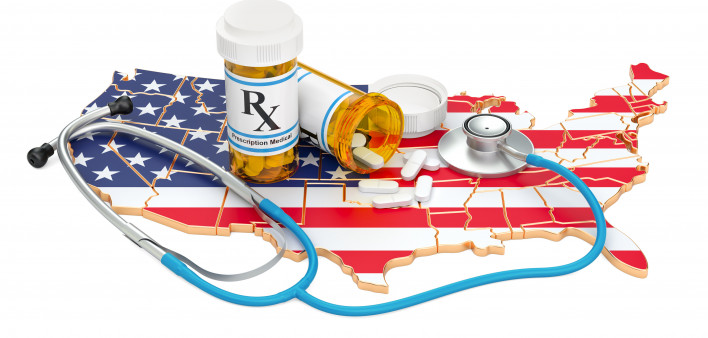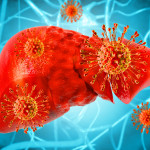If you’re looking for a drug treatment center that can also treat HIV and hepatitis C, data presented at the 2022 Conference on Retroviruses and Opportunistic Infections suggest you should consider federal facilities instead of private nonprofit or for-profit centers.
Unfortunately, in rural states identified by the federal government’s Ending the HIV Epidemic (EHE) plan, the options are likely to be slim.
EHE calls for integrating treatment for HIV, hepatitis C virus (HCV) and substance use disorders.
To determine whether drug opioid use treatment centers were offering HIV and HCV testing and treatment, graduate research assistant Eshan Patel, PhD, MPH, of Johns Hopkins University Bloomberg School of Public Health, and colleagues analyzed data from the 2017–2020 National Survey of Substance Abuse Treatment Services. They defined opioid treatment programs as those certified to offer methadone substitution therapy, extended-release naltrexone or buprenorphine.
What they found was that out of 8,250 centers offering any drug use treatment, people were more likely to be offered HIV and HCV testing at opioid treatment centers than at centers that weren’t opioid treatment certified. While the number of drug use treatment centers increased from 5,143 to 8,250 during the study period, the proportion that offered HIV testing remained stable, rising from 59% to 60%. But drug use treatment centers that were not opioid certified did increase their HIV testing, from 42% to 47%.
The same trend was true for hepatitis C testing. Among centers certified to provide opioid treatment, the proportion that offered HCV testing saw no change, with about 65% already offering it and continuing to do so. Meanwhile, just 46% of non-opioid treatment centers offered HCV testing in 2020, a 2% increase over 2017 numbers.
When it came to the treatment of HIV and HCV, that was far more scarce than testing. Overall, just 16% of drug use treatment centers offered any HIV therapy, but non-opioid treatment facilities were twice as likely to offer it than certified opioid treatment centers. Just 9% of opioid-certified centers offered treatment in 2020, compared with 18% of non-opioid treatment centers.
Hepatitis C treatment, meanwhile, was slightly more available, with 18% of drug treatment centers overall. Again, people were twice as likely to have access to it at non-opioid treatment centers than at opioid-certified centers. HCV treatment was available at one in five non-opioid treatment centers in 2020, compared with 11% of opioid-certified centers.
But this wasn’t spread evenly according to treatment facility funding or geography. Federally funded public treatment facilities provided the overwhelming amount of HIV and HCV testing and treatment at both opioid-certified treatment centers and non-opioid treatment centers. At non-opioid treatment facilities, 94% and 91% offered HIV and HCV testing, respectively, and 55% and 62% offered HIV and HCV treatment. At opioid-certified treatment facilities, 97% offered both HIV and HCV testing, and 68% and 97% offered HIV and HCV treatment, respectively.
Publicly funded state, local or tribal treatment centers were the second most likely to offer comprehensive HIV and hepatitis C testing and treatment, but it was a steep drop. For non-opioid treatment centers, just about half of public facilities offered testing for both viruses, but only 16% offered HIV treatment and one in five offered HCV treatment. Less than half (46%) of private for-profit centers, meanwhile, offered HIV testing, and 47% offered HCV testing. Treatment was harder to come by: 18% offered HIV treatment and 20% offered HCV treatment.
By comparison, private nonprofit treatment centers were the least likely to offer HIV or HCV testing or treatment: 43% of those facilities offered HIV testing, and 42% offered HCV testing, while 16% made HIV treatment available and 19% made HCV treatment available.
The findings were even worse for people living in the seven rural states identified by the EHE plan. In those states, just 46% of opioid-certified treatment facilities offered HIV testing, and 53% offered HCV testing. Meanwhile, just 4% offered HIV or HCV treatment.
“Despite increases in the number of specialty treatment facilities providing medication for opioid use disorder in the U.S., integration of HIV and HCV services remains suboptimal, including in EHE priority states with high rural HIV burden,” Patel and colleagues concluded. “These nationally representative data highlight a missed opportunity to engage at-risk marginalized populations in HIV and HCV care, which will be critical for achieving EHE goals.”
Click here to read the full abstract.
Click here for more reports from CROI 2022.
Click here to read more news about HIV and harm reduction.






Comments
Comments